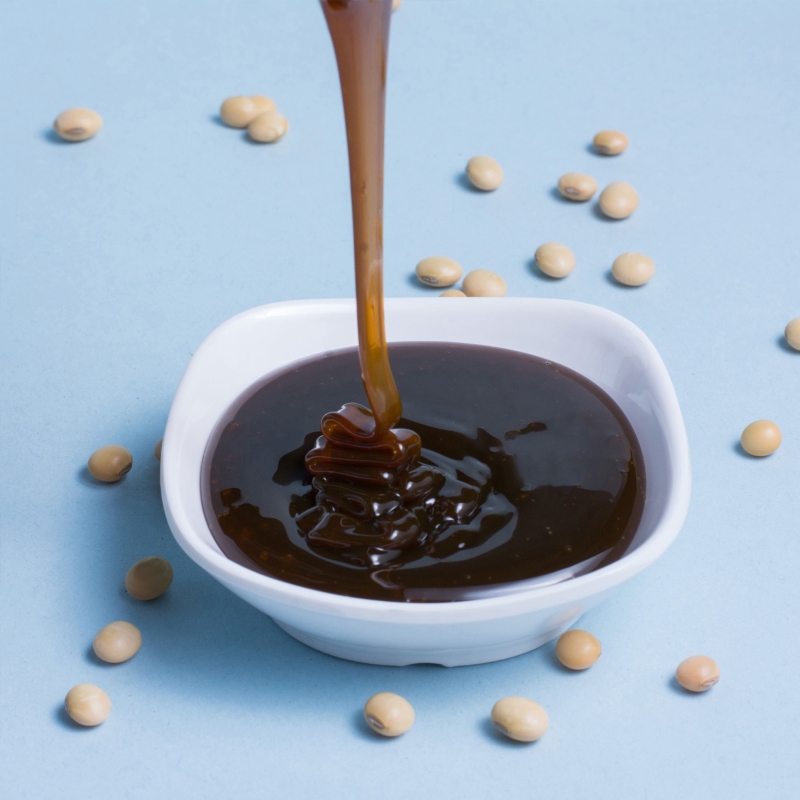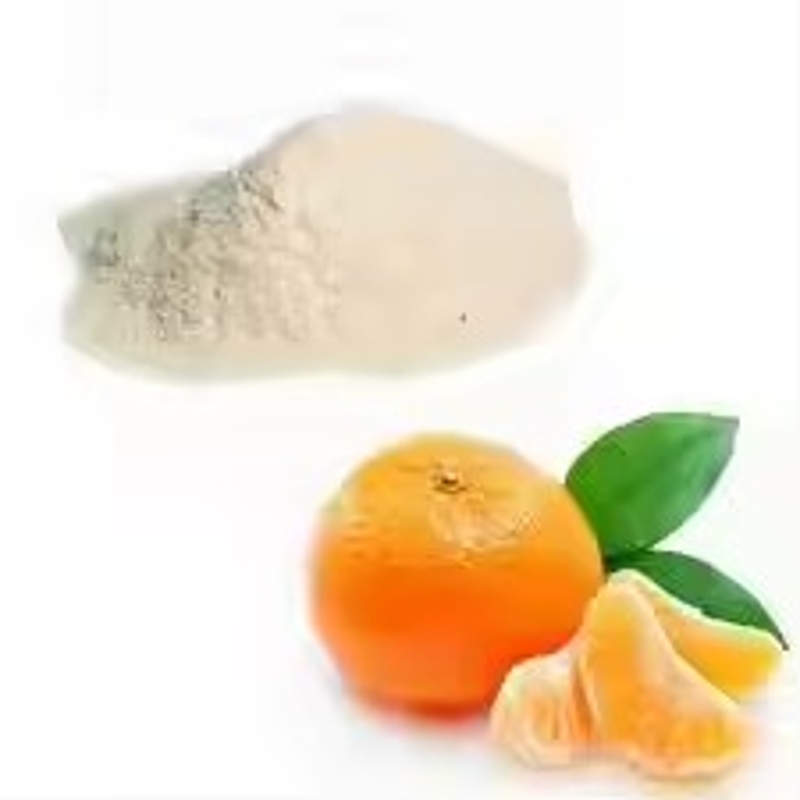-
Categories
-
Pharmaceutical Intermediates
-
Active Pharmaceutical Ingredients
-
Food Additives
- Industrial Coatings
- Agrochemicals
- Dyes and Pigments
- Surfactant
- Flavors and Fragrances
- Chemical Reagents
- Catalyst and Auxiliary
- Natural Products
- Inorganic Chemistry
-
Organic Chemistry
-
Biochemical Engineering
- Analytical Chemistry
-
Cosmetic Ingredient
- Water Treatment Chemical
-
Pharmaceutical Intermediates
Promotion
ECHEMI Mall
Wholesale
Weekly Price
Exhibition
News
-
Trade Service
As a daily necessities of table salt, in recent times, ushered in many colorful "import partners" - Himalayan powder salt, Persian blue salt, the United States Hawaiian black salt, French gray salt, salt flower and other imported net red salt competing to appear, hot on
major e-commerce platforms.
However, the prices of these beautifully packaged, varied, and exotic imported salts are extremely high
.
So, what is the difference between the ordinary refined salt we often eat and the imported high-priced salt? Is the high-priced imported salt really worth the money?
The main ingredient is no different from ordinary salt
In the promotional page of a brand of Salt Flower, "quality", "rare" and "crisp" are the keywords of its slogan, and in the product evaluation, many buyers give praise
.
Similar slogans appear on the product promotion pages of other influencer salts
.
In this regard, Fan Zhihong, professor of the College of Food Science and Nutritional Engineering of China Agricultural University and director of the China Food Science and Technology Society, said that whether it is a common refined salt or imported net red salt, its main ingredient is sodium chloride, the difference is not large, and some imported salt can indeed provide more minerals, which can also be absorbed
by the human body.
As for the selling point of "natural additive-free" main imported net red salt, Fan Zhihong said that because the salt itself is a natural preservative, there are not too many additives in ordinary refined salt, and most refined salt only has a small amount of anti-caking agent to prevent salt from agglomerating
.
In addition to being edible, it also has ornamental value
Since imported net red salt is not healthier than ordinary salt, and the so-called selling point is limited to rich colors and shapes, exotic and beautiful names, are consumers who buy high-priced imported net red salt paying an "IQ tax"?
"I don't think it's an 'IQ tax', there are Western chefs who specialize in collecting salt from all over the world and blending different salts with different dishes to enhance the overall taste
of the dishes.
Zhu Yi, associate professor of the College of Food Science and Nutritional Engineering of China Agricultural University, also believes that imported net red salt with different colors and forms not only has basic edible value, but also has ornamental value, which is also a different kind of consumption experience
for some consumers.
(Intern reporter Luo Xiangru)






